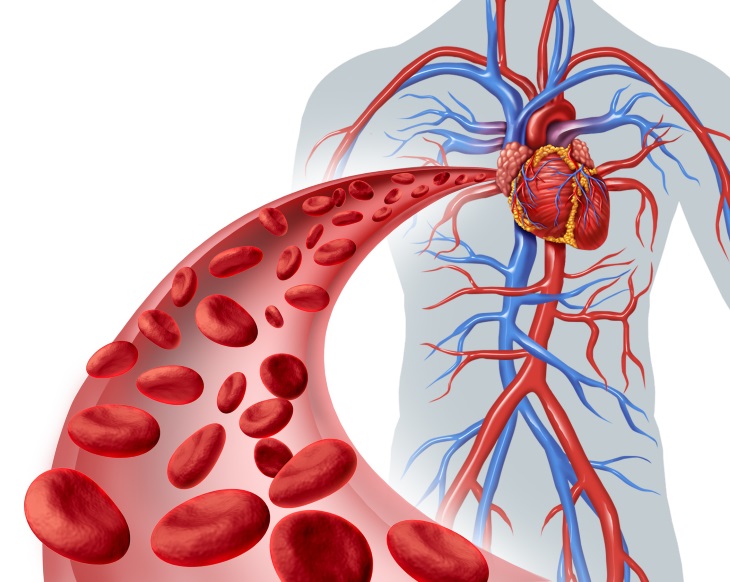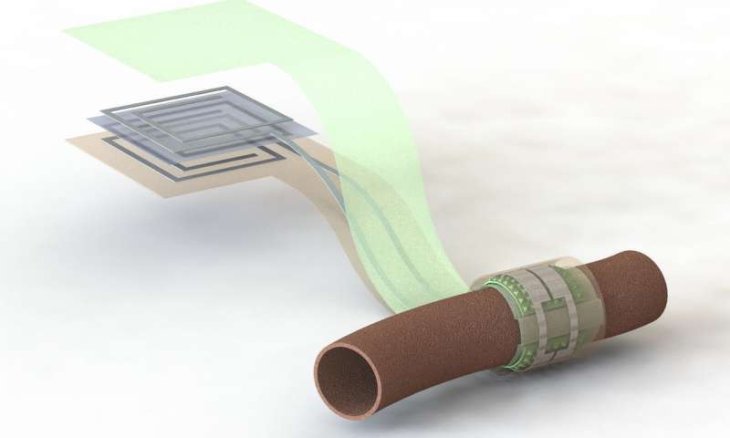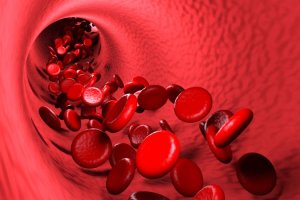This Battery-Free, Biodegradable Sensor Can Monitor Blood Flow
Chander Sinha - Jan 11, 2019

Scientists have developed a monitor that can help keep track of the condition of the healing blood vessels, extremely helpful during and after surgeries.
- Samsung To Create Ultra-High-Resolution 600MP Camera Sensors
- This YouTuber Built His Own Digital Camera Sensor, You Can Too
- This New Sensor Can Work Underwater, No Need For Batteries
Scientists of Stanford have recently developed a battery-free and biodegradable sensor which has the ability to monitor the blood flow in an artery. The sensor helps doctors succeed in performing blood vessel surgeries. We do not need to remove the sensor. Researchers also claim that it can also warn the doctor should there be a blockage.

Arteries carry blood from the heart to other body parts
Paige Fox - one of Stanford University’s assistant professors shared:

It is a huge challenge to monitor the success rate of surgeries on our blood vessels since even the very first signs of trouble come somewhat too late most of the time. When the signs are finally noticeable, the patients often need to have additional surgeries that may carry similar risks that the original surgery also has. This new device would allow doctors to keep track of, from afar, a healing blood vessel, which creates many opportunities for making earlier interventions.

The sensor wraps around the artery
This sensor would snugly wrap around the healing blood vessel, where its inside surface will be pushed by the pulses of the blood that goes by. When the surface of that spot changes its shape, it will alter the ability of the sensor in storing electric charge, something that can be remotely detected by doctors from another device that is located nearby the patient’s skin but not inside the body.
This device will solicit a reading through pinging the sensor’s antenna, like an ID card scanner. At some point in the future, the device may come in a different form of stick-on patches or be also used in other technology, such as a smartphone or a wearable device.

At first, the researchers build an artificial setting by pumping air into a tube with a size similar to an artery in order to mimic the pulse of the blood flow. This setting was used to test the device.
A former postdoctoral scholar at Stanford - Surgeon Yukitoshi Kaizawa also put the device around a rat’s artery. The sensor still succeeded in reporting to the wireless reader about the pulse of the blood flow even at a small scale like that.
The researchers are currently trying to figure out the most efficient way to affix the device to the blood vessels as well as refine their sensitivity. As interest is growing in this interdisciplinary area, the researchers are also hoping to see what other ideas will come.
Featured Stories

Features - Jul 01, 2025
What Are The Fastest Passenger Vehicles Ever Created?

Features - Jun 25, 2025
Japan Hydrogen Breakthrough: Scientists Crack the Clean Energy Code with...

ICT News - Jun 25, 2025
AI Intimidation Tactics: CEOs Turn Flawed Technology Into Employee Fear Machine

Review - Jun 25, 2025
Windows 11 Problems: Is Microsoft's "Best" OS Actually Getting Worse?

Features - Jun 22, 2025
Telegram Founder Pavel Durov Plans to Split $14 Billion Fortune Among 106 Children

ICT News - Jun 22, 2025
Neuralink Telepathy Chip Enables Quadriplegic Rob Greiner to Control Games with...

Features - Jun 21, 2025
This Over $100 Bottle Has Nothing But Fresh Air Inside

Features - Jun 18, 2025
Best Mobile VPN Apps for Gaming 2025: Complete Guide

Features - Jun 18, 2025
A Math Formula Tells Us How Long Everything Will Live

Features - Jun 16, 2025
Comments
Sort by Newest | Popular